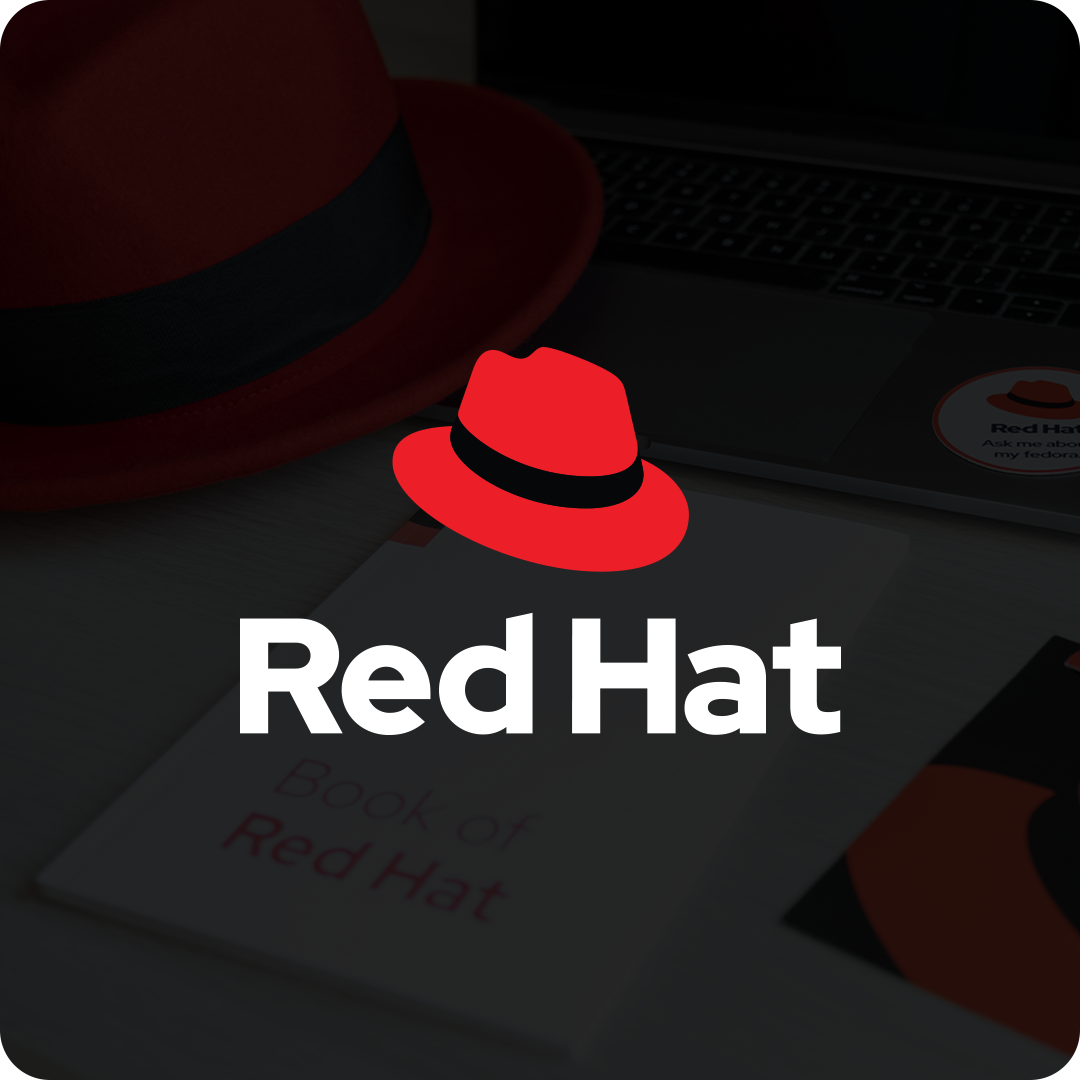
Course Description:
Red Hat System Administration I (RH124) equips you with Linux® administration "survival skills" by focusing on foundational Linux concepts and core tasks. You will learn how to apply command-line concepts and enterprise-level tools, starting you on your journey toward becoming a full-time Linux system administrator. This path continues with the follow-on course, Red Hat System Administration II (RH134).
Course Outlines:
- Introduction to the command line
- Managing physical storage
- Install and configure software components and services
- Establish network connections and control firewall restrictions
- Monitor and manage running processes
- Manage and secure files and file systems
- Administer users and groups
- Review the system log files and journal for issues
- Troubleshoot problems and analyze systems with Red Hat Insights
- Remotely manage systems with SSH and the Web Console
- Teacher: Omar Dehneh

Course Description:
This course relates to Red Hat Enterprise Linux 7 and is specifically designed for individuals who have completed Red Hat System Administration I (RH124). Red Hat System Administration II (RH134) focuses on the key tasks needed to become a full-time Linux administrator.
The course goes deeper into core Linux system administration skills in storage configuration and management, installation and deployment of Red Hat Enterprise Linux, management of security features such as SELinux, control of recurring system tasks, management of the boot process and troubleshooting, basic system tuning, and command-line automation and productivity.
Course Outlines:- Installation using Kickstart
- Managing filesystems and logical volumes
- Manage scheduled jobs
- Access network filesystems
- Manage SELinux
- Control firewalling
- Troubleshooting

Course Description:
The course is focused on deploying and managing network servers running caching Domain Name Service (DNS), MariaDB, Apache HTTPD, Postfix SMTP nullclients, network file sharing with Network File System (NFS) and Server Message Block (SMB), iSCSI initiators and targets, advanced networking and firewalld configurations, and the use of Bash shell scripting to help automate, configure, and troubleshoot the system.
Course Outlines:
- Network port security and link aggregation
- iSCSI initiator and target configuration
- DNS troubleshooting and caching name server
- Providing NFS and SMB file servers
- Apache HTTPD web server management
- MariaDB SQL database configuration
- Postfix SMTP nullclient for servers
- Bash scripting for automation
- Teacher: Omar Dehneh

Course Description:
This course provides system administrators with the tools and techniques they need to successfully diagnose, and fix, a variety of potential issues. Trainees will work through hands-on problems in various subsystems to diagnose and fix common issues.
Course Outlines:
- Use the scientific method to approach troubleshooting
- Troubleshoot boot issues
- Troubleshoot security issues
- Troubleshoot storage issues
- Troubleshoot network issues